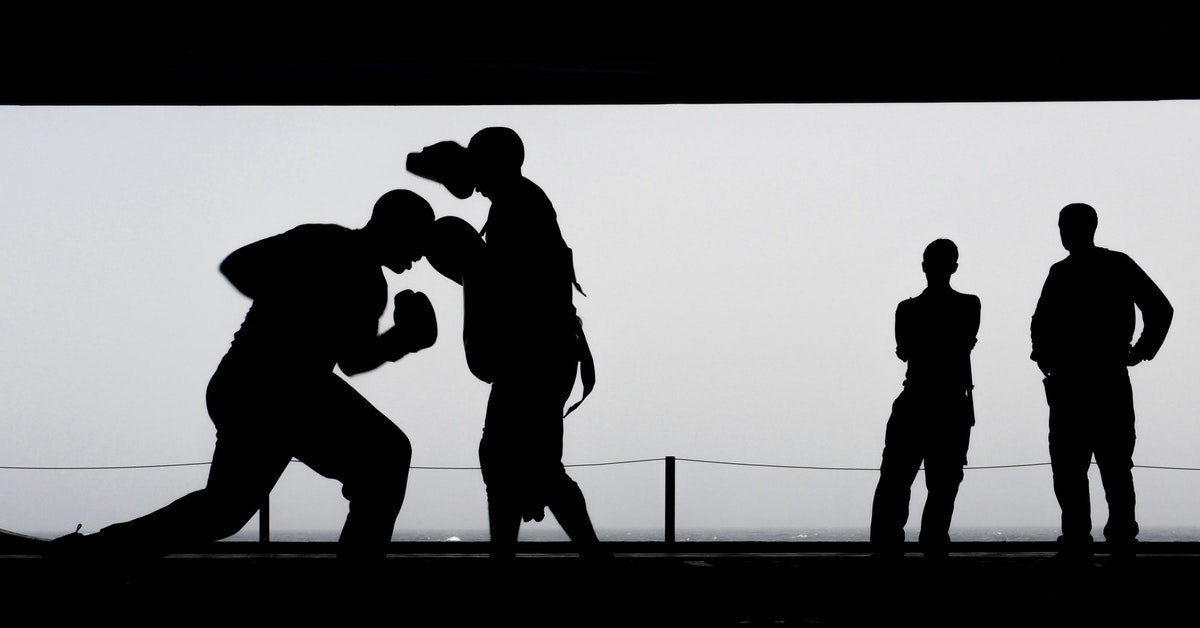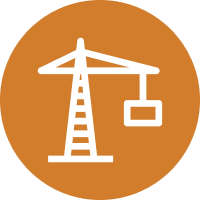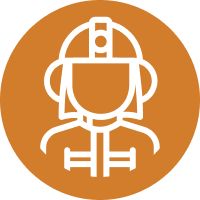
How building muscle memory will help you win during a petrochemical emergency.
How’s Your Plan?
The former prizefighter turned stand-up performer is generating quotable quips that are sprinkled throughout the Internet. One of his most popular quotes, believe it or not, can be directly applied to emergency response planning in petrochemicals:
“Everyone has a plan ‘til they get punched in the mouth.”
Similar to a boxer, we need plant personnel to train via drills in order to build the “muscle memory” that will help them make the right choice when the site gets an unexpected punch in the proverbial mouth. Frequent and consistent drills that drive a continuous improvement strategy will build and strengthen muscle memory in the mustering process. This will ultimately improve the site’s readiness for the opponent who, unlike in a boxing match, always shows up unannounced. Unfortunately, emergency response leaders traditionally run drills infrequently because they tend to disrupt plant operations.
And therein lies the rub. Practice is most effective if it is frequent and consistent so it follows that the more laborious site mustering drills that take place once a quarter or less, have little value in training site personnel. Moreover, the turnover of contract labor in those intervals makes it even less effective, as a worker could be onsite for months without ever practicing a mustering event. Bottom line, muscle memory isn’t built. There are less disruptive tests that happen more often, like testing notification systems and fire apparatus, so emergency drills need to become similarly less disruptive (as in faster and less complex) to achieve the same frequency.
“Good Enough”
I’ve written in the past that the process of mustering of staff onsite in an emergency has traditionally been deemed “good enough” because the job got done; people were counted in an orderly drill and the drill could be declared a success. Still today, in the vast majority of cases, the drills are performed manually and annually with paper, pens and radios, using a game of “telephone.” It’s historically been “good enough” to check the box that states, “We have a mustering process that we test periodically.” But are the drills good enough to also check the box that says “We are becoming more prepared because of the drills?” Probably not.
Commit To Muscle Memory
I contend that sites need to commit to building muscle memory in these important, yet often neglected areas. It takes management support to authorize more frequent (no less than once a month) drills. To do this cost effectively requires investment in technology to help the emergency response organization complete the drills faster while gathering important, real time data that they can use to continually improve the process.
I’ve seen sites that drill once per week and it is succeeding. Using a good electronic mustering system and a well thought out process, sites are mustering between 1000 and 2500 people in 10 minutes, which permits them to drill weekly. Every time the drill takes place, the staff’s awareness of the process and the location of assembly points improves, making them more agile and ready for the real thing. Like a prize fighter, the plant is training to be prepared for the opponent.
It can and should be done because, like Iron Mike said,
“It’s no fun to find yourself crawling around the mat, looking for your mouth guard.”






